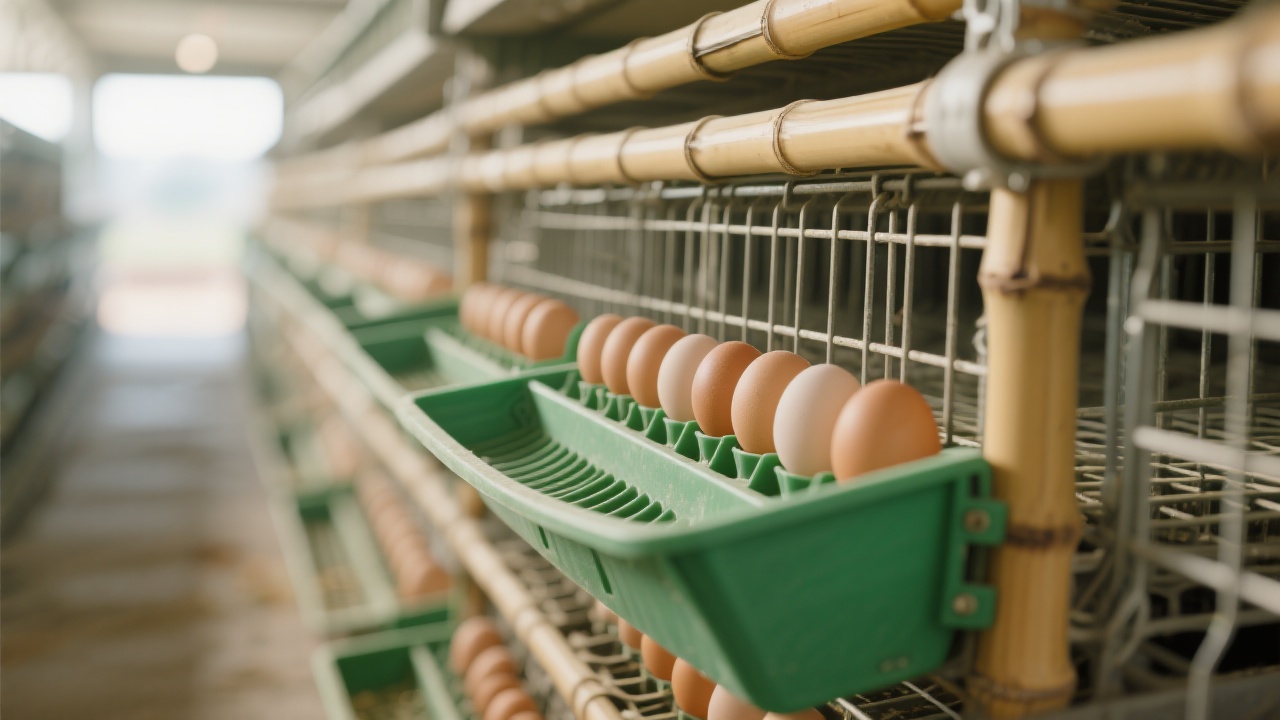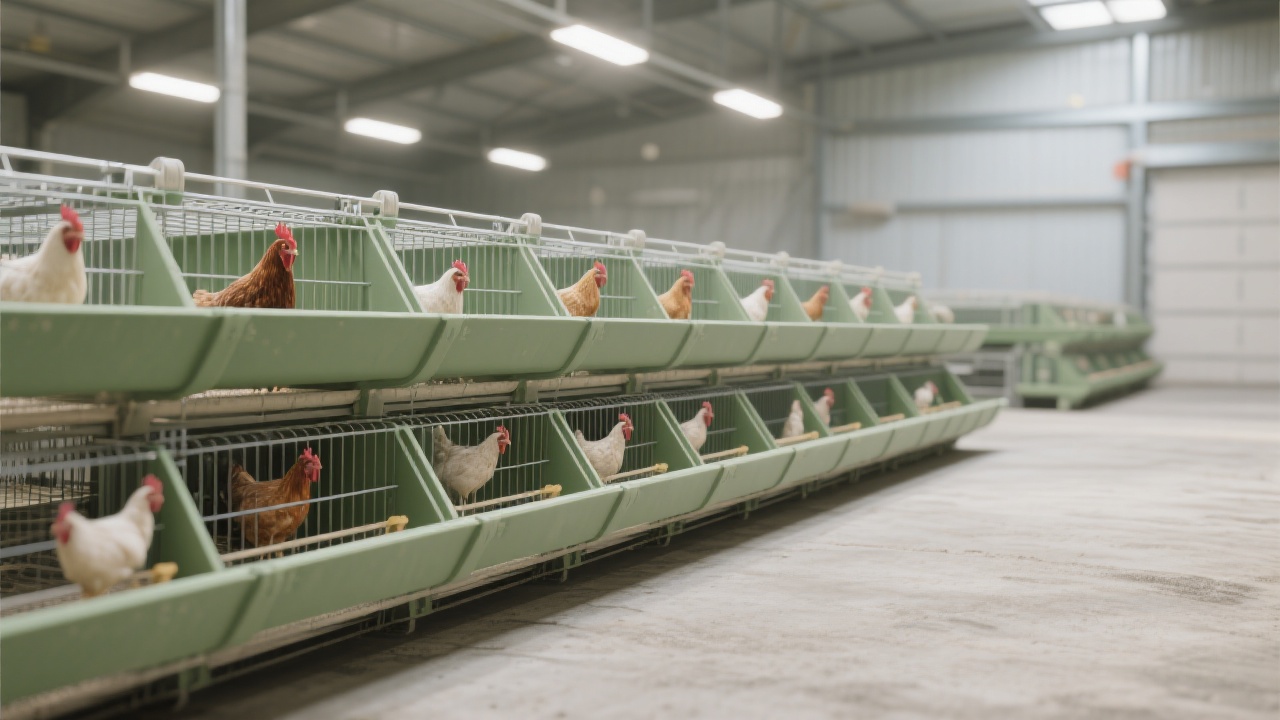
As global demand for sustainable and hygienic poultry production rises, modern egg farms are turning to automated manure removal systems not just for efficiency—but for compliance, animal welfare, and environmental responsibility. In this article, we explore how two leading technologies—scraper-based and helical conveyor systems—are transforming the way large-scale layer operations manage waste, reduce ammonia emissions, and align with ISO 14001 standards.
According to the FAO (2023), over 70% of large-scale poultry farms in Asia and Europe have adopted some form of automated waste handling within the past five years—a clear signal that manual cleaning is no longer viable at scale. The benefits go beyond convenience: studies show a 40–60% reduction in ammonia levels when using fully automated systems compared to traditional methods.
For farmers, this translates directly into lower health risks for both birds and workers, fewer regulatory violations, and improved feed conversion ratios due to better air quality inside barns.
| System Type | Best For | Energy Use (kWh/Day) | Maintenance Needs |
|---|---|---|---|
| Scraper-Based | High-density flocks (≥200,000 hens) | ~15–20 kWh/day | Low (weekly inspection) |
| Helical Conveyor | Medium to large farms with space constraints | ~10–15 kWh/day | Moderate (monthly lubrication) |
Both systems integrate seamlessly with H-type cage designs—like those from Zhengzhou Livi Machinery—that allow for zero死角 (no blind spots) in waste collection. This ensures that even the most remote corners of multi-tiered housing units remain clean, reducing pathogen buildup and improving bird comfort.
ISO 14001-certified farms report up to 30% higher success rates in securing government subsidies for green farming initiatives. By embedding automated manure systems into their environmental management plans, operators can track and document key metrics such as:
This data-driven approach supports long-term sustainability goals while also appealing to consumers who increasingly prioritize transparency in food sourcing.

One farmer in Jiangsu Province shared: “After installing the helical system, our ammonia levels dropped from 25 ppm to under 10 ppm—within six weeks. Our egg quality scores rose by 12%, and our vet visits decreased significantly.”
These real-world results reinforce what experts have known for years: automation isn’t just about saving labor—it’s about building trust, compliance, and resilience into your operation.

Whether you're expanding an existing farm or designing a new one, choosing the right manure system should be based on your specific layout, bird density, and long-term sustainability goals—not just upfront cost.
If you're ready to take the next step toward cleaner, smarter, and more profitable layer farming, let us help you evaluate which system fits your operation best.
Download Our Free Guide: Choosing the Right Manure System for Your Egg Farm

